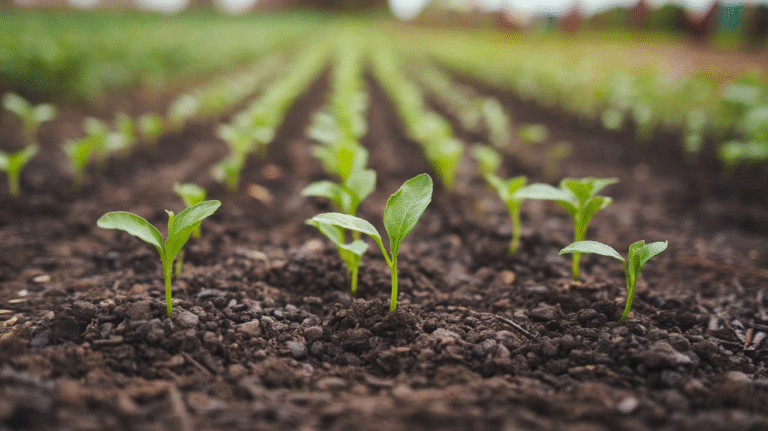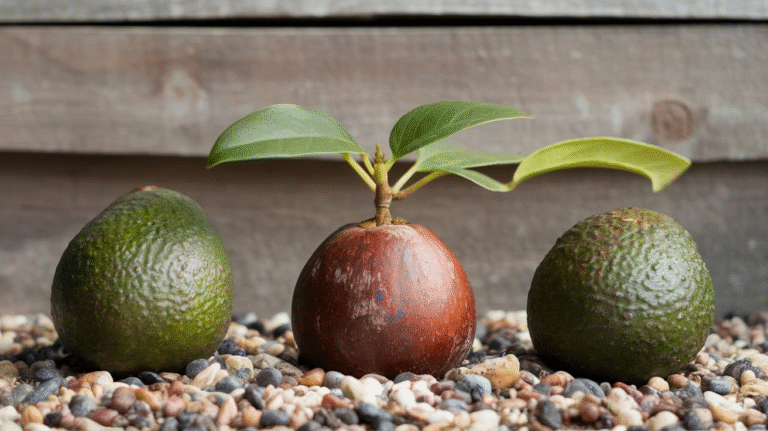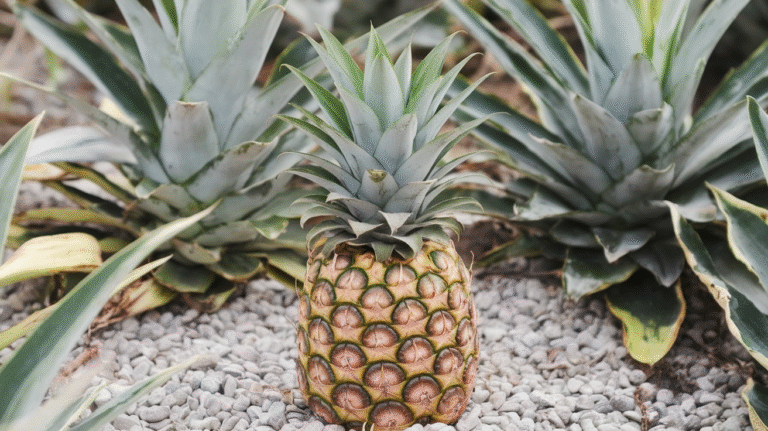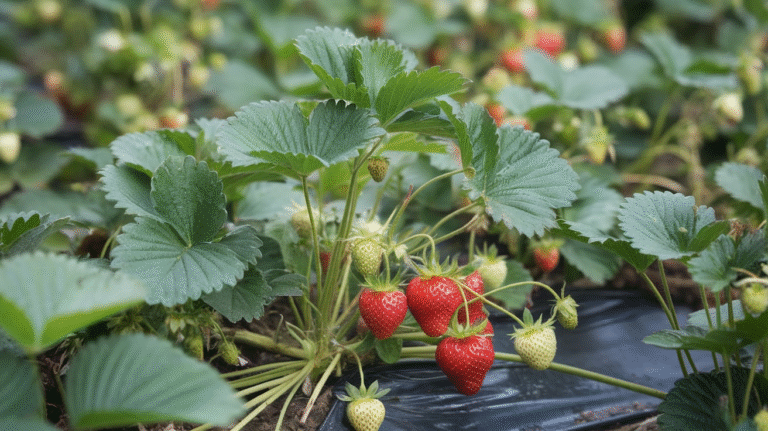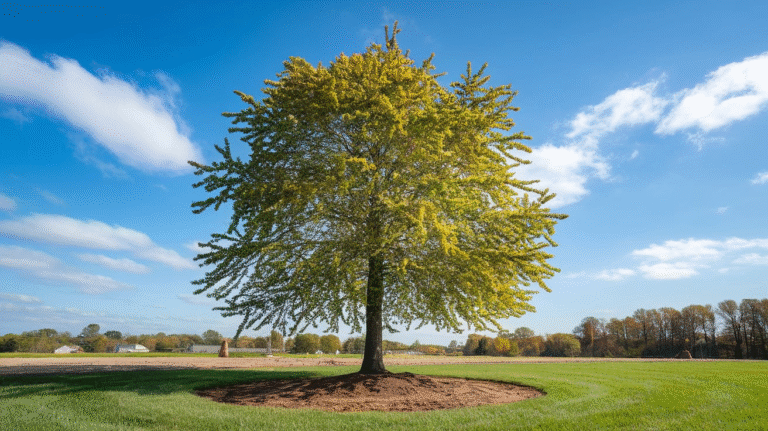Can You Plant Potatoes That Are Sprouting?

Potatoes often sprout in storage. You may wonder if you can plant them. This article will explain. It will give details. It will help you decide.
Growing potatoes is easy. But you must know the right way. Your potato harvest depends on it.
So let’s learn everything. Using sprouted potatoes can save money. Some sprouts are good. Some are bad. Understanding potato planting leads to better crops.
What Are Sprouted Potatoes?
Potatoes are tubers. They grow underground. They store energy for the plant. Sometimes they sprout. The sprouts look like small stems.
They grow from the eyes. These sprouts can become new plants.
Sprouting happens over time. Warmth and light speed it up. Old potatoes sprout faster. Some sprouts are long. Some are short. Not all sprouts are equal. The condition matters.
Can You Plant Sprouted Potatoes?
Yes you can plant them. Sprouted potatoes grow well. They already have a head start. The sprouts will become stems. The stems will grow leaves. The leaves make food. The food grows more tubers.
But not all sprouted potatoes work. Some are too old. Some are diseased. Some have weak sprouts. You must check before planting. Healthy sprouts mean healthy plants.
How to Prepare Sprouted Potatoes for Planting
First select good potatoes. Look for firm ones. Avoid soft or wrinkled ones. Check for mold. Cut away bad parts.
Next check the sprouts. Strong sprouts are green or purple. Weak sprouts are pale or thin. Remove weak sprouts. Keep only the best.
Then cut the potatoes. Each piece should have 1-2 sprouts. Let them dry for a day. This prevents rot. Now they are ready to plant.
Best Time to Plant Sprouted Potatoes
Timing matters. Potatoes like cool weather. Plant in early spring. Soil should be workable. Frost should be over.
If planting indoors start earlier. Use containers. Move outside after frost. Late planting risks heat damage. Hot weather stops tuber growth.
How to Plant Sprouted Potatoes
Choose a sunny spot. Potatoes need 6-8 hours of light. Prepare the soil. It should be loose and well-drained. Add compost for nutrients.
Dig shallow trenches. Space them 2-3 feet apart. Place potato pieces sprout-side up. Cover with 4 inches of soil. Water lightly.
As plants grow add more soil. This is called hilling. It prevents green tubers. Green potatoes are toxic.
Caring for Potato Plants
Water regularly. Keep soil moist but not soggy. Drought harms yield. Overwatering causes rot.
Watch for pests. Colorado beetles eat leaves. Handpick them. Use natural sprays if needed.
Fertilize lightly. Too much nitrogen grows leaves not tubers. Use balanced fertilizer.
When to Harvest Potatoes
Wait for flowers. Flowering means tubers are forming. Young potatoes can be dug early. For storage wait until leaves yellow.
Dig carefully. Avoid cutting tubers. Let them dry before storing. Keep in a cool dark place.
Common Mistakes When Planting Sprouted Potatoes
Using rotten potatoes. Always check for firmness. Rot spreads in soil.
Planting too deep. Shallow planting helps sprouts emerge. Deep planting delays growth.
Ignoring sprout quality. Weak sprouts make weak plants. Select only the best.
Overcrowding plants. Proper spacing prevents disease. It also improves yield.
Benefits of Planting Sprouted Potatoes
Saves money. No need to buy seed potatoes. Uses kitchen leftovers.
Reduces waste. Sprouted potatoes often get thrown away. Planting gives them purpose.
Guaranteed sprouts. Store-bought seed potatoes may not sprout. Sprouted ones are already active.
Risks of Planting Sprouted Potatoes
Disease transmission. Store-bought potatoes may carry blight. Use organic ones if possible.
Low yield. Weak sprouts produce fewer tubers. Always pick the healthiest.
Pest attraction. Old potatoes may draw more pests. Monitor plants closely.
Alternative Uses for Sprouted Potatoes
Not all sprouts are worth planting. Some potatoes are too far gone. Here are other uses:
Compost them. Cut into small pieces first. Avoid diseased potatoes.
Feed to animals. Chickens eat potato peels. Never feed green or rotten parts.
Regrow as houseplants. Place in water for decoration. They won’t produce more tubers.
How to Store Potatoes to Prevent Sprouting
Keep them cool. Ideal temperature is 45-50°F. Avoid refrigeration.
Keep them dark. Light triggers sprouting. Use paper bags or cardboard boxes.
Keep them dry. Humidity causes rot. Ventilation helps.
Do not store near onions. Onions release gases that speed up sprouting.
Difference Between Seed Potatoes and Sprouted Store Potatoes
Seed potatoes are certified disease-free. They are grown for planting. They have strong genetics.
Store potatoes are for eating. They may carry diseases. They are often treated to delay sprouting.
Seed potatoes cost more. But they give better results. Store potatoes are cheaper but riskier.
Can You Eat Sprouted Potatoes?
Small sprouts are safe. Cut them off before cooking. Remove any green skin.
Large sprouts make potatoes bitter. They may contain solanine. Solanine is toxic. Avoid eating heavily sprouted potatoes.
Wrinkled or soft potatoes are bad. Do not eat them. Always check before cooking.
How Long Do Potato Plants Take to Grow?
Early varieties take 70-90 days. They are best for quick harvests.
Maincrop varieties take 100-130 days. They store well. They yield more.
Growth depends on weather. Cool summers slow growth. Warmth speeds it up.
Best Potato Varieties to Grow from Sprouts
Russet – Good for baking. Stores well. Needs long growing season.
Red Pontiac – Early harvest. Resists disease. Good for boiling.
Yukon Gold – Versatile. Great flavor. Medium yield.
Fingerling – Small and tasty. Long growing season. High value.
Troubleshooting Potato Plant Problems
Yellow leaves – Could be overwatering or disease. Check soil moisture.
Small tubers – May lack nutrients or water. Improve soil quality.
Hollow tubers – Caused by uneven watering. Keep soil consistently moist.
Final Thoughts
Sprouted potatoes can be planted. It is easy and cost-effective. Select healthy sprouts. Prepare them properly. Plant at the right time. Care for the plants well. Avoid common mistakes.
Not all sprouted potatoes work. Some are too weak or diseased. Always inspect before planting. Good sprouts mean good harvests.
Growing potatoes is rewarding. Fresh homegrown potatoes taste better. They are free from chemicals. Try planting sprouted potatoes today.
FAQs
1. How many sprouts should a potato have before planting?
1-2 strong sprouts are best. Too many sprouts compete for energy. Cut extra sprouts off.
2. Can I plant a whole sprouted potato?
Yes but cutting saves potatoes. Each piece can grow a plant. Whole potatoes may produce too many stems.
3. Do sprouted potatoes grow faster than seed potatoes?
Yes. They already have a head start. Seed potatoes take time to sprout.
4. Can I plant potatoes from the grocery store?
Yes but they may carry disease. Organic potatoes are safer. Wash them well before planting.
5. What if my planted potatoes don’t grow?
Check soil temperature. Cold soil delays growth. Ensure sprouts were healthy. Replant if needed.


